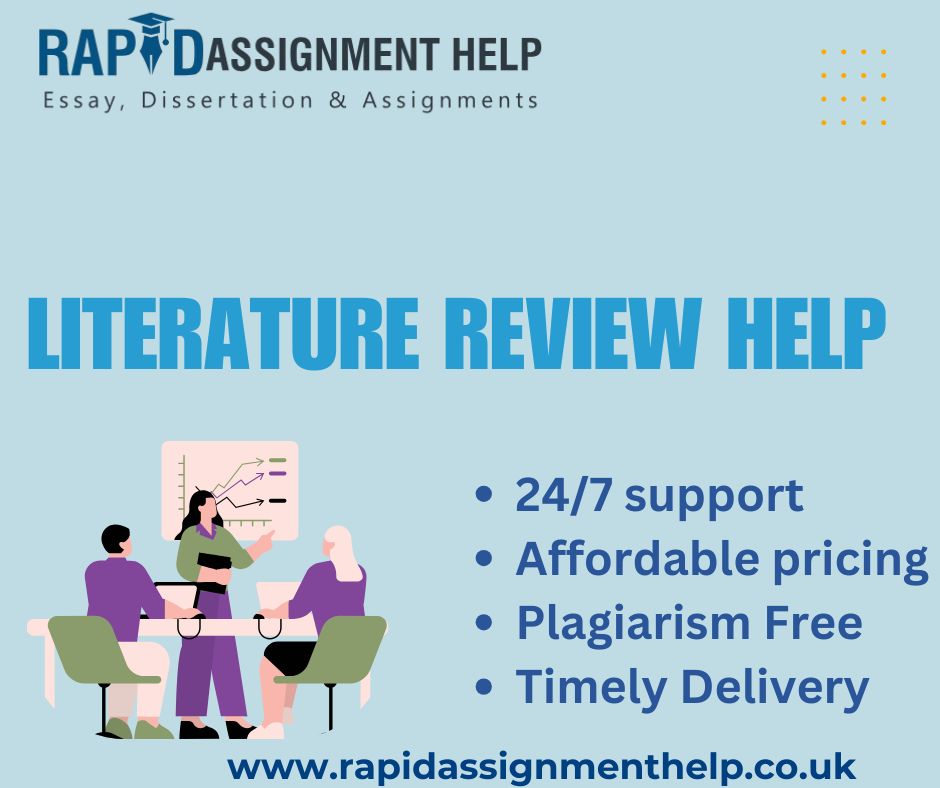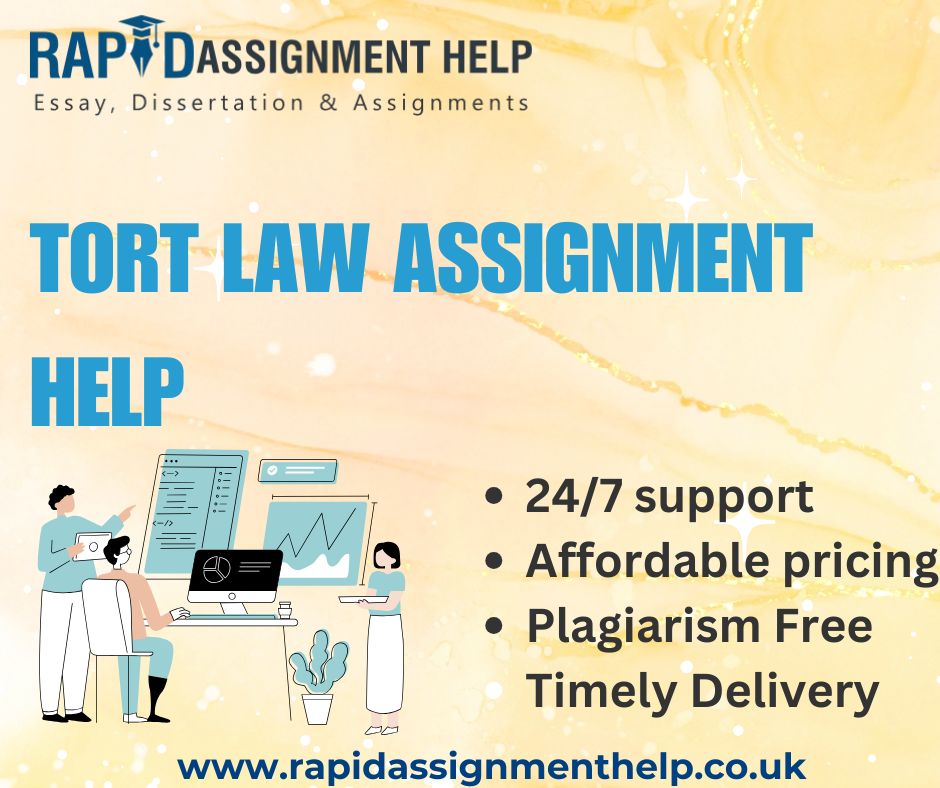Step-by-Step Guide: Literature Review Help for Beginners

Strong 8k brings an ultra-HD IPTV experience to your living room and your pocket.
Conducting a literature review is an essential part of any research project, especially for beginners stepping into academic writing or research. Whether you are writing a thesis, dissertation, or a scholarly article, understanding how to perform a thorough literature review will significantly impact the quality of your work. This guide provides Literature Review Help by breaking down the process into clear, manageable steps, helping you build a strong foundation for your research.
What is a Literature Review?
A literature review is a systematic examination and evaluation of existing research and publications related to your topic. It allows you to understand what has already been studied, identify gaps or contradictions, and position your research within the larger academic context. Unlike a simple summary, a good literature review synthesizes findings, critically assesses sources, and connects ideas to form a coherent narrative.
Why is a Literature Review Important?
A literature review serves several critical purposes:
It demonstrates your understanding of the topic.
It identifies research gaps your study can address.
It prevents duplication by showing what has already been explored.
It helps develop your theoretical framework.
It informs your research methodology.
Without a strong literature review, your research risks lacking direction or relevance.
Step 1: Define Your Topic and Scope
Before starting your search, clarify your research question or topic. Be specific about the focus and boundaries of your review to avoid getting overwhelmed. Decide what aspects you want to cover, such as a particular time frame, geographic region, or methodology.
Write down key terms related to your topic and think about synonyms or related concepts. This will help you in later search stages.
Step 2: Search for Relevant Literature
Use academic databases like Google Scholar, JSTOR, PubMed, or subject-specific repositories to find scholarly articles, books, and papers related to your topic. Use your key terms with Boolean operators (AND, OR, NOT) to narrow or broaden your search.
Aim for quality sources: peer-reviewed articles and highly cited works are often more reliable. Don’t forget to check reference lists in relevant papers for additional sources.
Step 3: Organize Your Sources
Managing multiple sources can be daunting. Use reference management tools like Zotero, EndNote, or Mendeley to store citations and notes efficiently. Creating an annotated bibliography, where you briefly summarize and critique each source, can help you keep track of key points and relevance.
Group your literature according to themes, time periods, or research methods to identify patterns and gaps.
Step 4: Read Critically and Take Notes
Reading critically means engaging with the material actively. Don’t just note what the authors say ask yourself:
What are the main arguments or conclusions?
How does this source support or contradict others?
Are the methods sound and appropriate?
What gaps or questions remain unanswered?
Take detailed notes, highlight important passages, and summarize findings in your own words. This will make writing easier and reduce plagiarism risks.
Step 5: Plan the Structure of Your Review
A well-organized literature review flows logically. Common structures include:
Thematic: Group studies by topics or themes.
Chronological: Trace developments over time.
Methodological: Focus on different research methods.
Theoretical: Organize around various theories used.
Choose a structure that best suits your research goals and topic.
Step 6: Write the Literature Review
Begin by introducing the scope and purpose of your review. Explain what topics you cover and why. Then, synthesize the literature according to your chosen structure. Make connections between studies, discuss agreements and contradictions, and highlight gaps in knowledge.
Here’s where understanding Literature Review Help can make a difference balancing summary with critical analysis and ensuring your review tells a coherent story.
Writing Tips:
Use your own words to explain ideas.
Avoid listing studies without linking them.
Cite sources consistently.
Maintain an academic and objective tone.
Point out areas needing further research.
Step 7: Revise and Edit
Revision is essential. Check for clarity, logical flow, and coherence. Ensure each paragraph focuses on a single idea and that transitions connect them smoothly. Proofread for grammar and spelling mistakes, and verify citation accuracy.
Common Challenges and Solutions for Beginners
Many beginners face challenges such as feeling overwhelmed by the volume of research, difficulty in critical analysis, and trouble organizing material. Here are some solutions:
Break the task into small steps: Set daily or weekly goals.
Use multiple search tools: Explore databases and consult librarians.
Practice critical thinking: Ask questions and compare sources.
Visualize your review: Use charts or mind maps.
Seek feedback: Ask peers or supervisors to review your draft.
Additional Tips for Effective Literature Review
Start early to allow time for deep reading.
Keep track of all sources to avoid missing citations.
Be selective; not all sources are equally relevant.
Stay focused on your research question.
Use direct quotes sparingly; paraphrase instead.
One of the best ways to approach a literature review is to keep your goal in mind building a strong foundation for your own research while engaging critically with the work of others.
Conclusion
A literature review might seem daunting at first, but with the right approach, it becomes a powerful tool that supports and guides your research. By following these steps—defining your topic, searching and organizing sources, reading critically, planning your structure, writing clearly, and revising carefully you’ll produce a thorough and insightful review.
If you’re just beginning your research journey, remember that Literature Review Help is available through many academic resources, including online tutorials, writing centers, and reference management tools. Use these to enhance your skills and confidence.
With patience and practice, literature reviewing will become a natural and rewarding part of your research process, setting you up for academic success.
Note: IndiBlogHub features both user-submitted and editorial content. We do not verify third-party contributions. Read our Disclaimer and Privacy Policyfor details.







